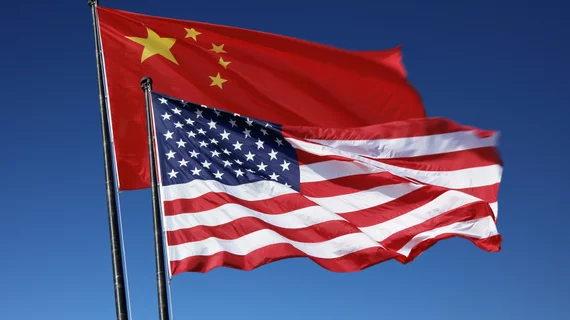Tariffs on another $16B worth of Chinese products now official—what’s next for this ongoing trade war?
The Office of the United States Trade Representative has announced that the U.S. government’s previously announced second round of tariffs on Chinese imports—impacting approximately $16 billion worth of products—is now official. A formal notice will soon be published in the Federal Register, alerting companies of how they can request an exclusion to the new policy.
Back in July, the U.S. officially put tariffs on $34 billion worth of products imported from China—including medical imaging equipment—into effect. In total, a tariff of 25 percent has now been finalized for $50 billion worth of Chinese products.
The U.S. has also threatened to add a tariff of 10 percent to an additional $200 billion in Chinese products. Those tariffs are considered to be much more aggressive and would target consumer goods much more than the first two rounds.
“The Trump administration has tried to limit the impact of the trade war on consumers and any backlash that it might prompt, but the scale of these tariffs make it next to impossible to protect them,” Fortune reported in July.
According to recent research from the American Action Forum, these moves will lead to an additional $40 million in annual medical equipment costs and $31.5 billion in annual nationwide consumer costs.
Through this entire process, China has refused to back down, responding to the Trump administration’s moves with tariffs of its own. Just last week, for example, China indicated it was ready to tariff an additional $60 billion in U.S. goods, including medical imaging equipment.
As the trade war continues to escalate, opinions on which side is “winning” or “losing” vary. But observers seem to agree that things will not end soon unless one of the two countries chooses to slow down—and that does not seem likely.
“At this point, it’s unclear how either side will step back from the brink,” Alex Ward of Vox wrote this week. “That’s not good, because having the world’s top two economies fight each other on the economic battlefield could potentially end very badly for all involved."

